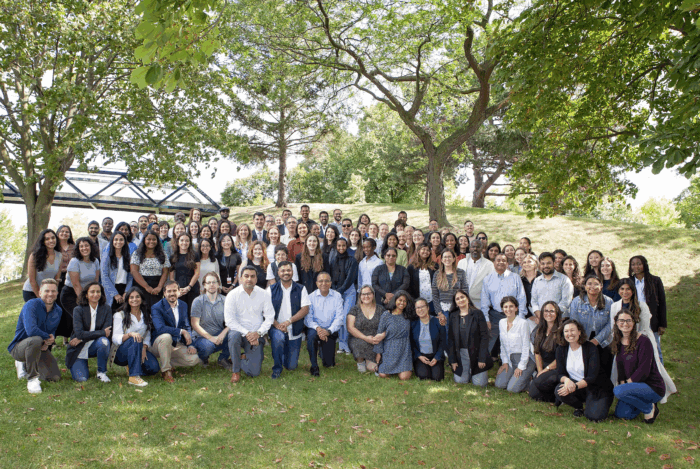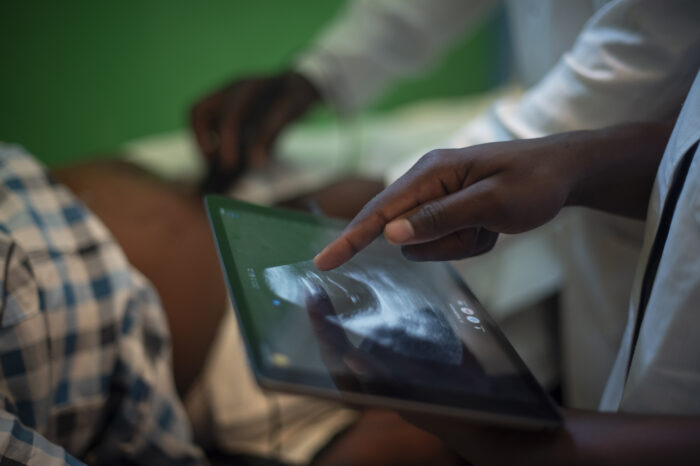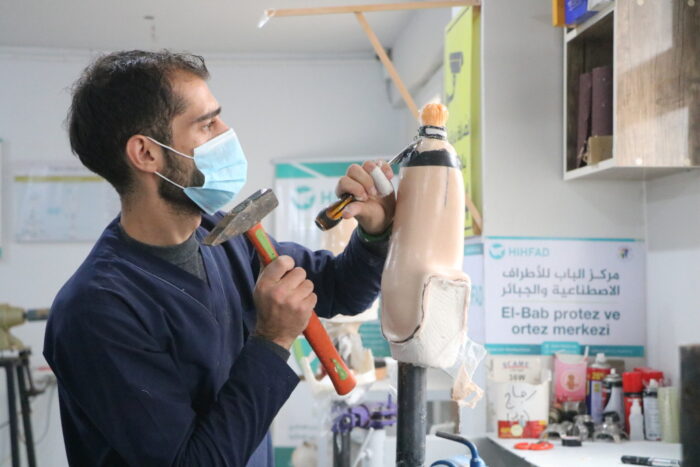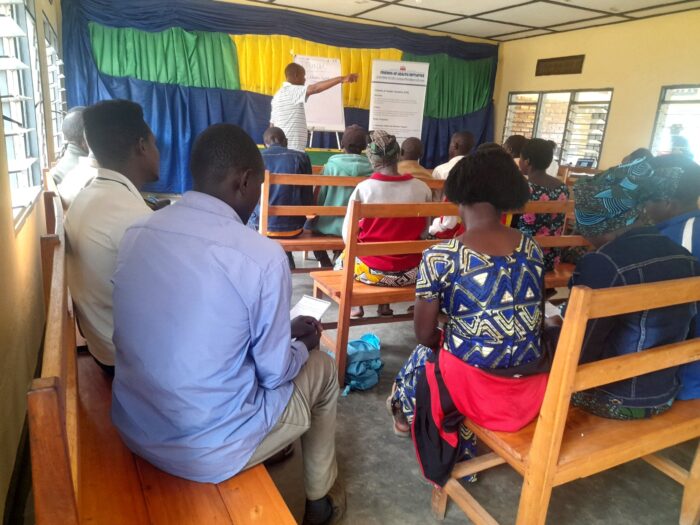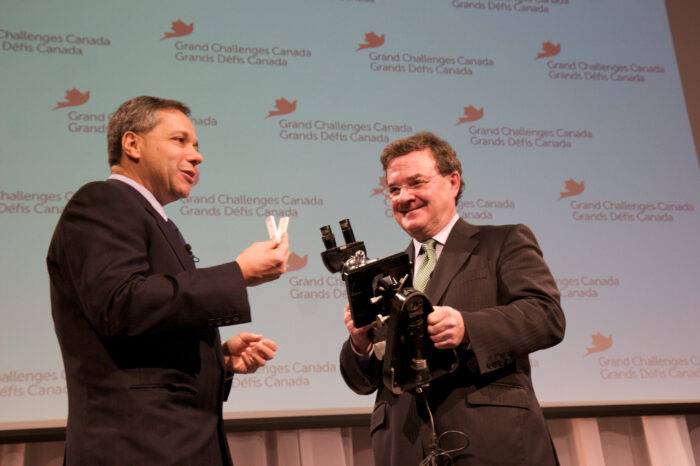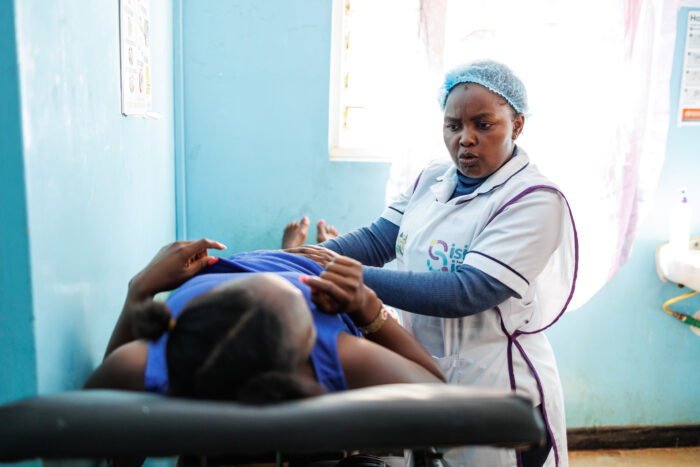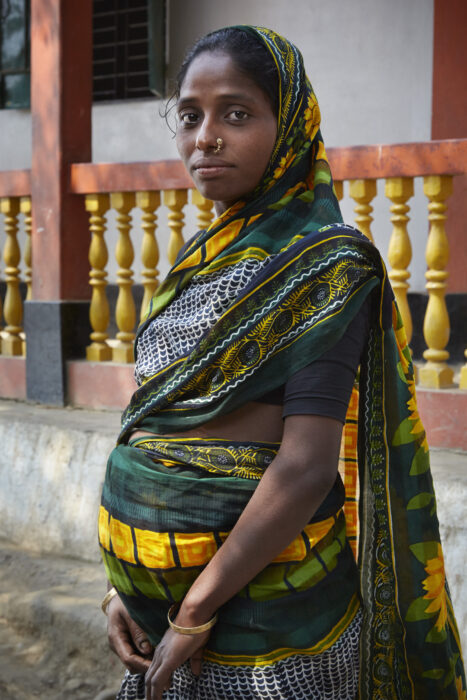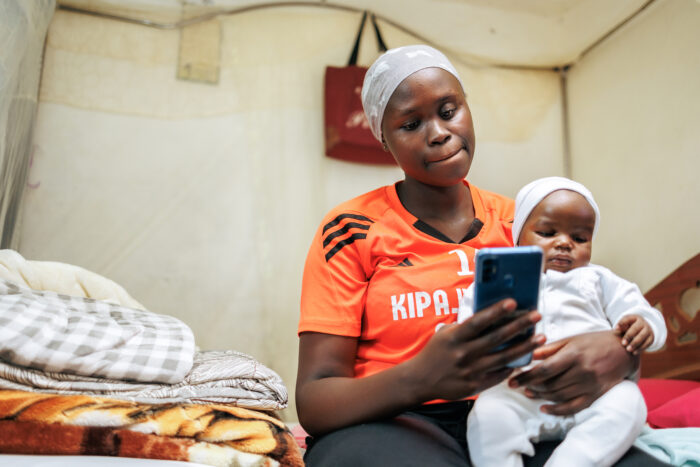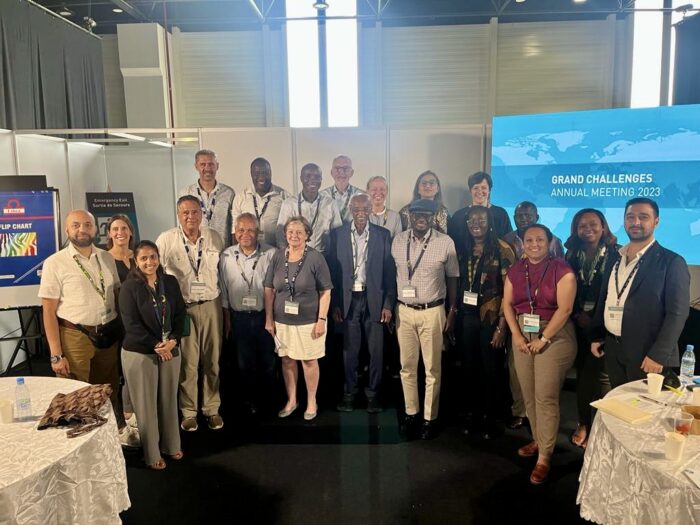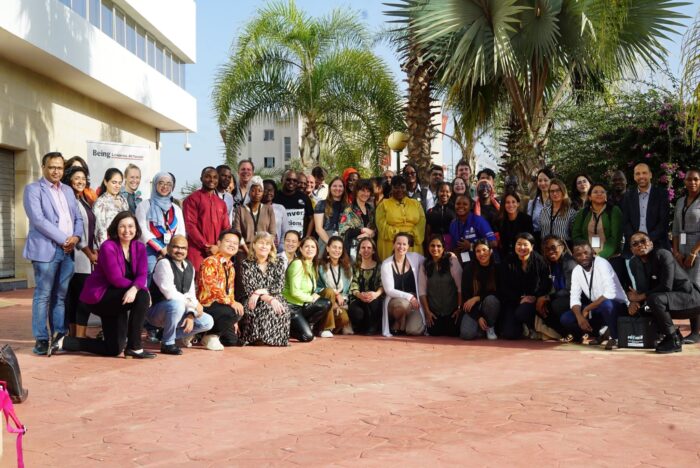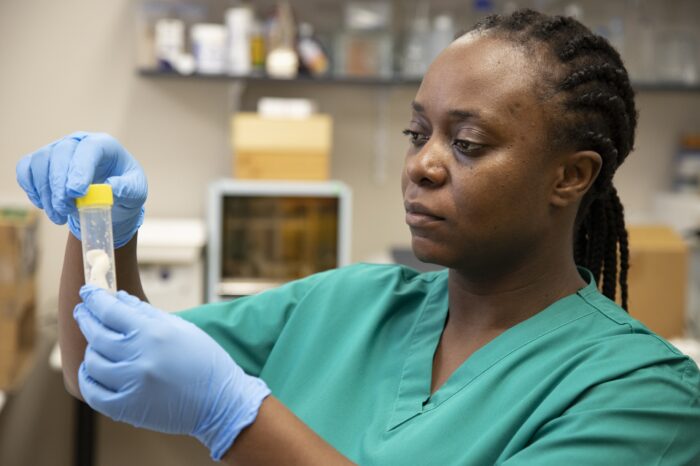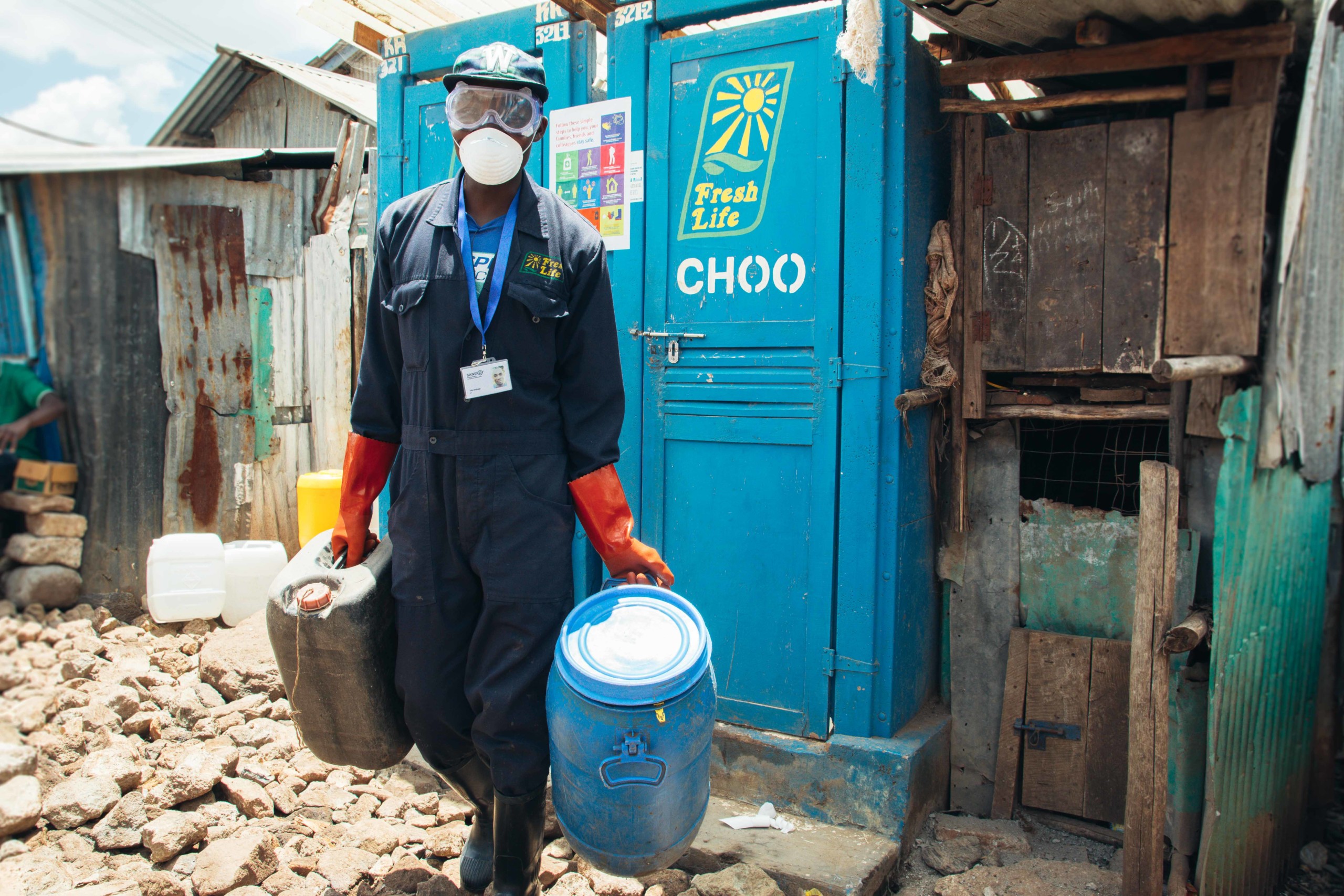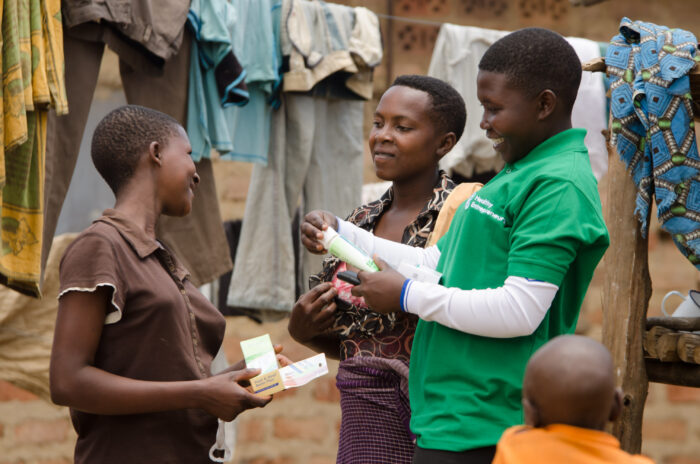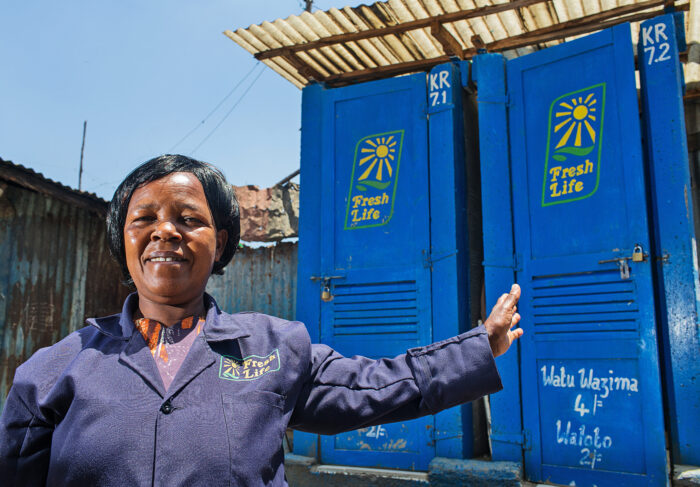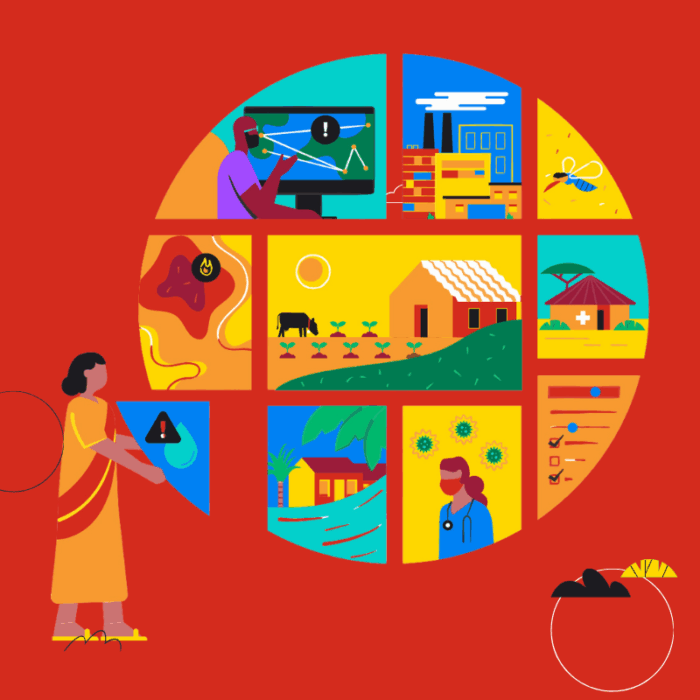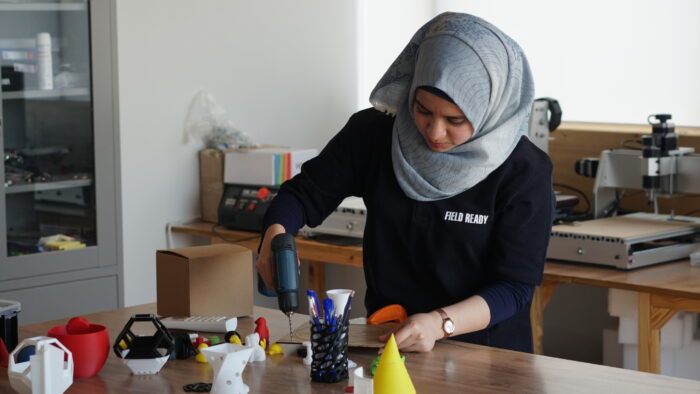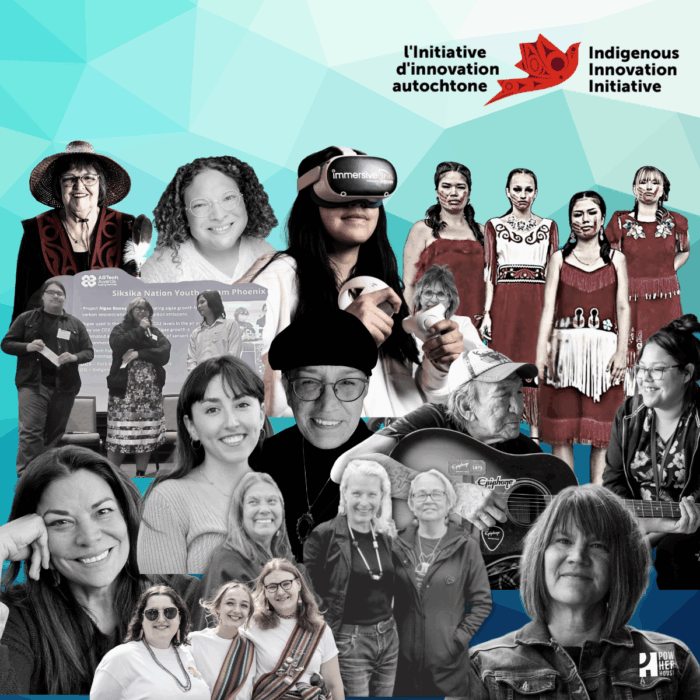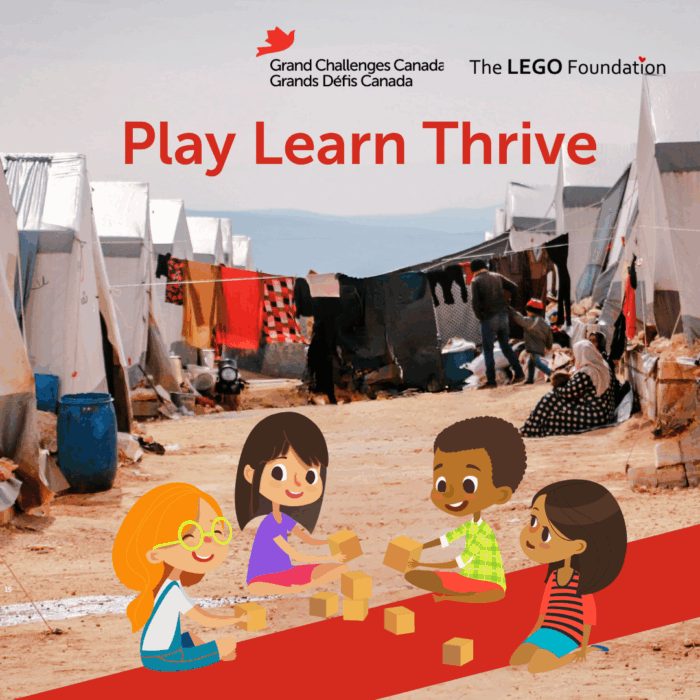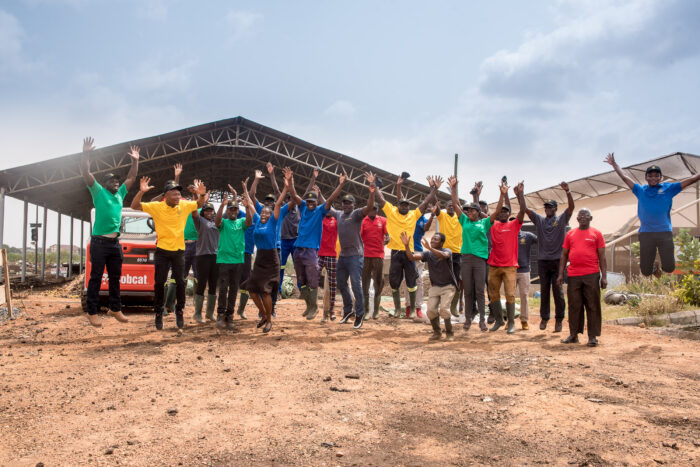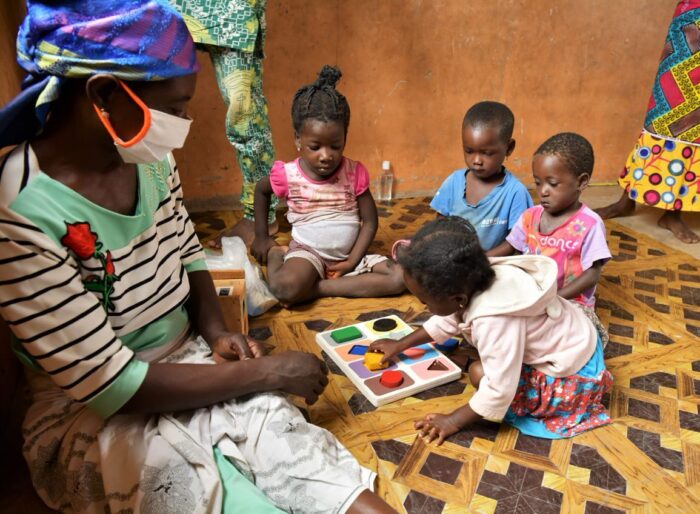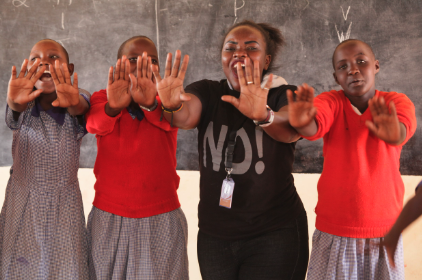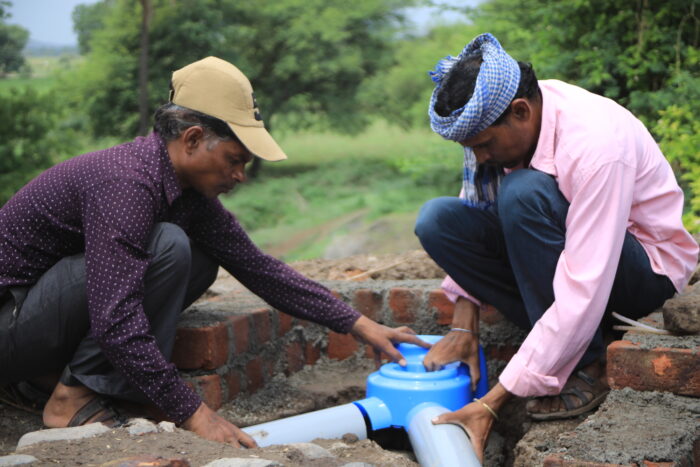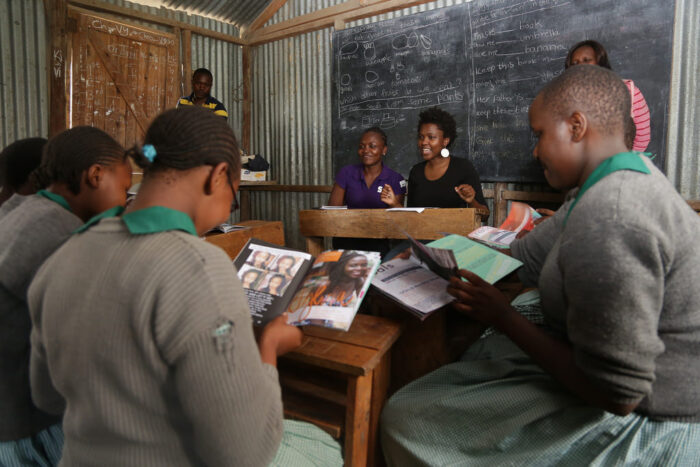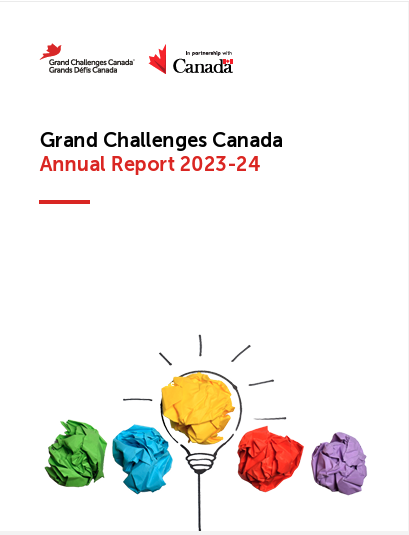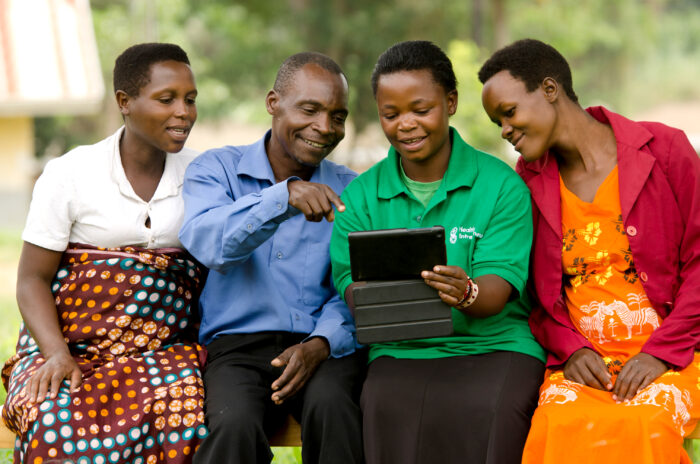 Phetvongsinh Chivorakoun is the President of the Association for Patients living with Epilepsy in Lao People’s Democratic Republic (PDR). After obtaining a Masters in Tropical Medicine and International Health in 2009 from the Francophone Institute for Tropical Medicine (IFMT) in Laos, she was engaged as project assistant of the « Initiative for improving access to treatment for people living with epilepsy in Laos » program. She is currently working on her Doctorate at the University of Limoges, France.
Phetvongsinh Chivorakoun is the President of the Association for Patients living with Epilepsy in Lao People’s Democratic Republic (PDR). After obtaining a Masters in Tropical Medicine and International Health in 2009 from the Francophone Institute for Tropical Medicine (IFMT) in Laos, she was engaged as project assistant of the « Initiative for improving access to treatment for people living with epilepsy in Laos » program. She is currently working on her Doctorate at the University of Limoges, France.
Domestic Health Visitor Program (DHEVELOP) aims to reduce number of people not on treatment from 90% to 65%
Epilepsy is one of the most frequently occurring neurological diseases worldwide. There are around 70 million people living with epilepsy (PWE) in the world. The stigmatization and discrimination are very common in PWE. Epilepsy has an important impact on the life of those with PWE and their families. Sufferers from epilepsy may fear what people might think of them if they have a seizure in public. The goal should be to significantly raise awareness about epilepsy among the population. World Epilepsy Day (March 26) is an important event that could improve understanding about epilepsy.
Several studies conducted in Lao People’s Democratic Republic (PDR) have highlighted the difficulty about epilepsy: it is a neglected condition surrounded with misconceptions, stigma and poor access to treatment. That’s why we think the time is right to search for the best strategy to optimize the access to care for PWE and improve the quality of life for those who suffer with this disease. Therefore, we would like to assess our intervention affected at the primary care level, which we call the DHEVELOP program, or Domestic Health Visitor Program. We have received a grant from Grand Challenges Canada, funded by the Government of Canada, to develop our “bold idea with big impact in global health”. Grand Challenges Canada’s Global Mental Health program is supporting a total of 48 projects in low- and middle-income countries.
Making treatment available using an innovative delivery model
This clinical trial aims to test the effectiveness of a primary healthcare approach to improve access to treatment and care of PWE. Our project will be conducted in three rural districts bordering the Province Vientiane capital (one intervention district and two control districts) over two years.
We are waiting for official approval from the Ministry of Health (MOH) and Ministry of Foreign Affairs (MOFA) to start the program in the coming days. We are preparing the method and tools for anticipated activities, chronologically: 1) The first meeting with the Laos authority for the awareness program; 2) The baseline evaluation for current of level of knowledge, attitude, practice of the population and number of PWE treated; 3) Design of the information/education communication tools: strip cartoon, image box, follow-up book, brochure, poster, quiz; 4) Organize the antiepileptic drug (AED) supply: valproic acid and phenobarbitone; 5) Draft the package for training about epilepsy for the health workers in primary care: three days of short training and 76 hours for long training; 6) Draft the guidelines for domestic health visitors (DHV): identification of their activities, information/education communication activities and follow-up of the patients; 7) Draft the guidelines for micro franchisee (generate economic activity in the villages involving PWEs under treatment).
Our intervention will provide many people with access to treatment using an innovative delivery model. It should help to reduce the stigma by 60% and get the treatment gap (number of people with active epilepsy not on treatment) from 90 to 65%. Optimizing the identification of suspected cases, their care (diagnosis, treatment and follow-up) should lead to a return to employment for a large number of them and reintegration into village activities, from which they are often excluded. Our experimental research protocol is designed in alignment with the existing care system of Lao PDR, and is compatible with a scaling-up in the country, if the cost-effectiveness ratio is favourable at the end of this project.
We encourage you to post your questions and comments about this blog post on our Facebook page Grand Challenges Canada and on Twitter @gchallenges
